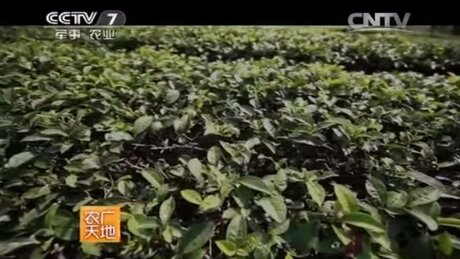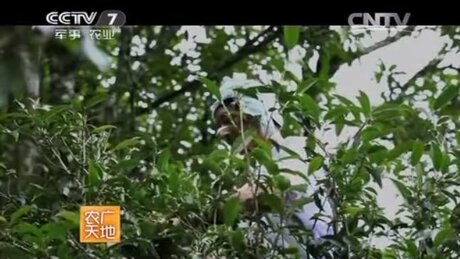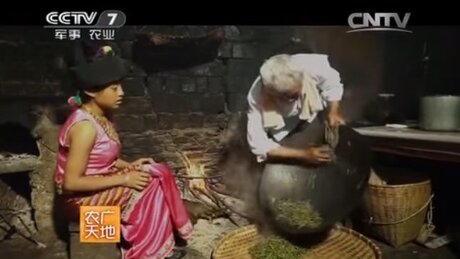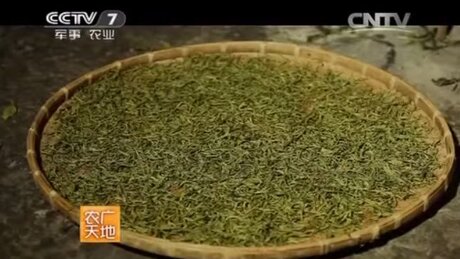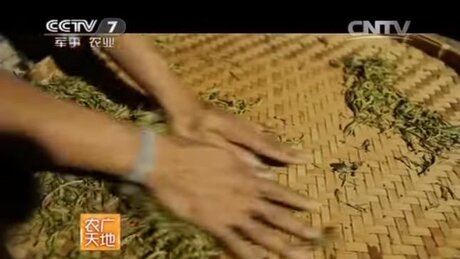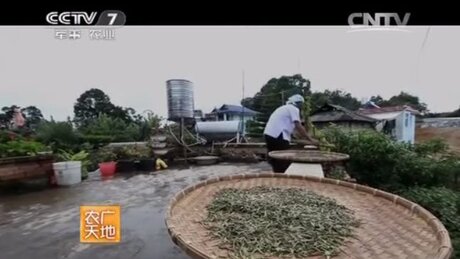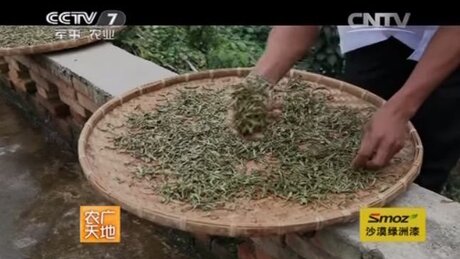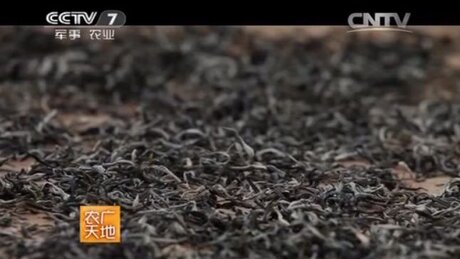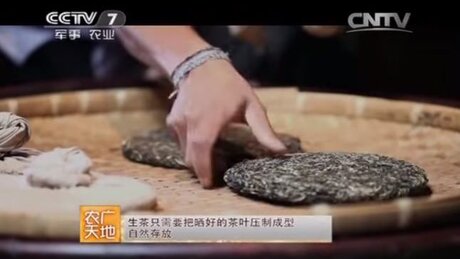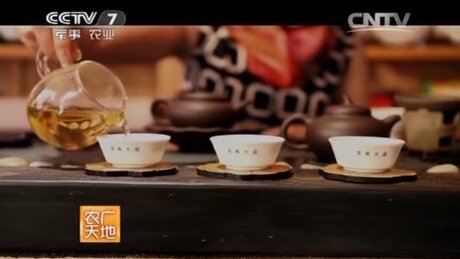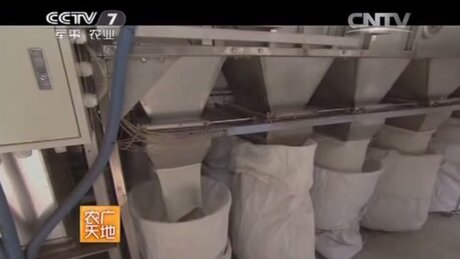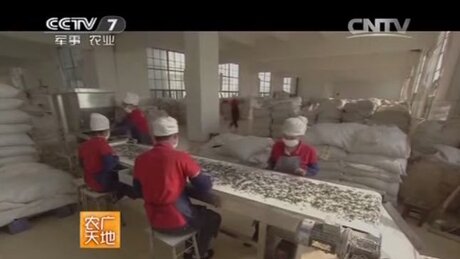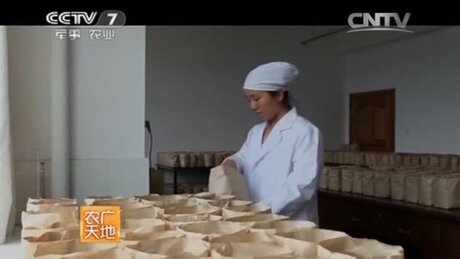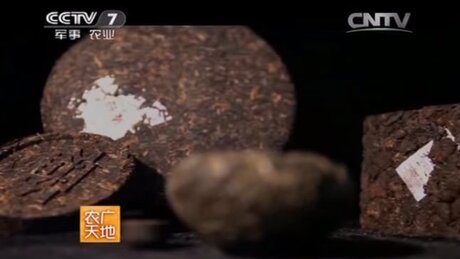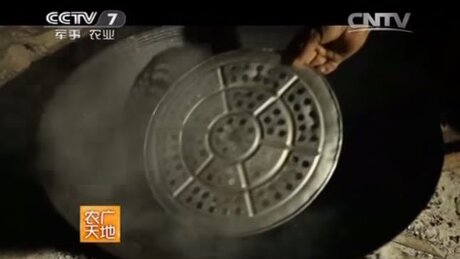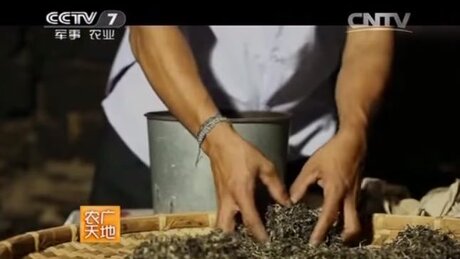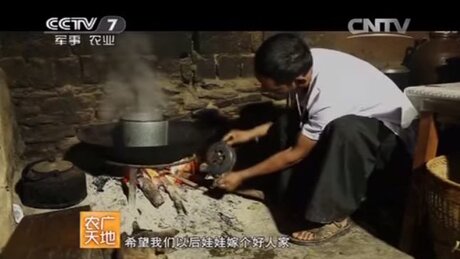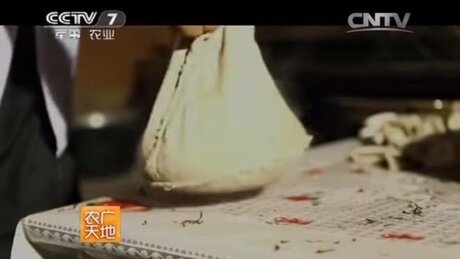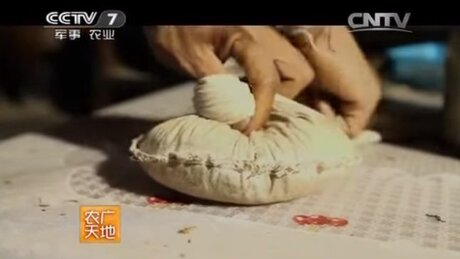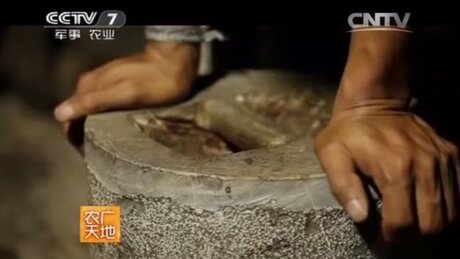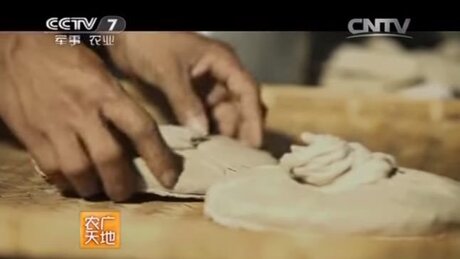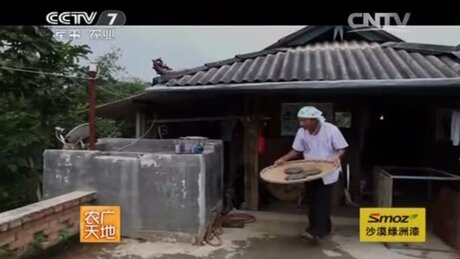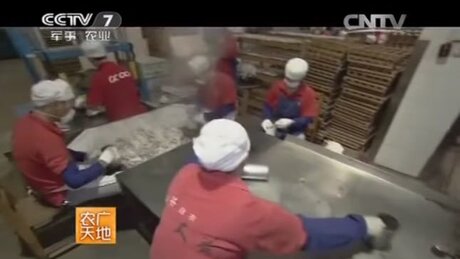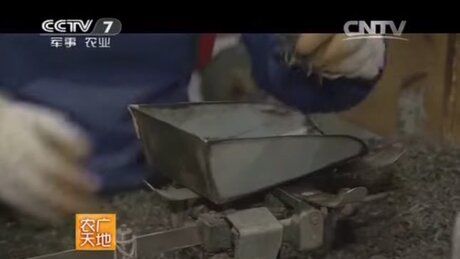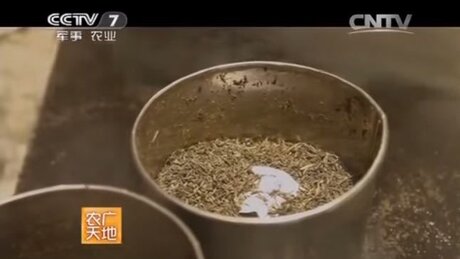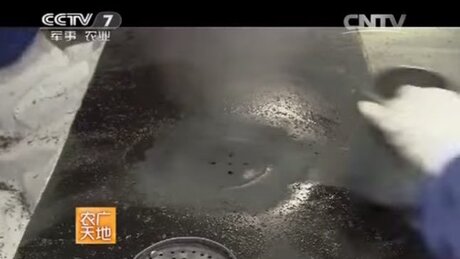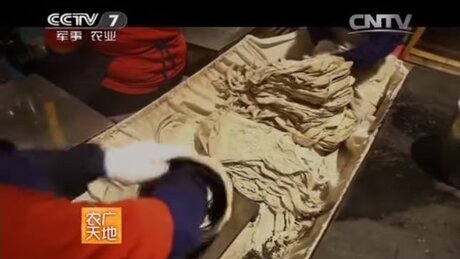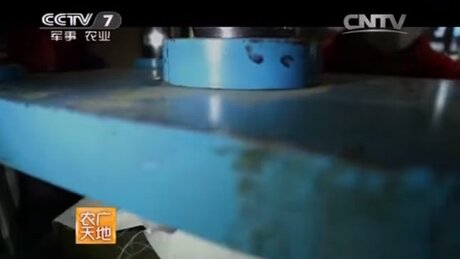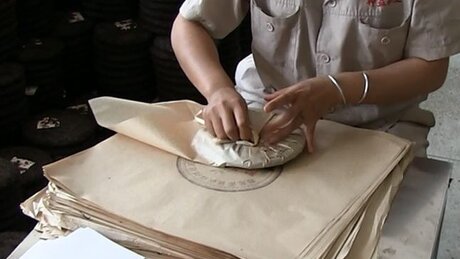In Yunnan tea is produced for at least 1800 years. However at the court of Chinese emperor it became known only circa 1725. It is not surprising as the territory currently referred to as Yunnan has not always been a part of Chinese dominion. It was inhabited by a variety of tribes and century upon century the possession of the land has been changing. Only local population across generations has been safekeeping the tradition of gathering and production of this wonderful liquor.
For the first time the extraordinary local tea was discovered by army of the legendary commander Kongming (a.k.a. Zhuge Liang). It happened in the period of Three Kingdoms around 200 A.D. The legend tells that Kongming’s troops have been struck by the unknown disease. Soldiers were dying one after another while the rest were so sick that could not confront the enemy. Once a local man brought to the troop’s location a strange beverage made of leaves of some local trees. After drinking it soldiers started to feel better and upon some time have recovered completely. Astonished by the miracle Kongming called for the savior to find out the name of the drink. Not hard to guess that it was tea from ancient trees. Great commander has ordered his soldiers to take seeds of this tree, plant them all over the nearby mountains and teach locals how to look after the tea and how to drink it. Places where Kongming’s soldiers have planted the tea are Six Great Tea Mountains of Yunnan. Although Zhuge Liang is a world-renowned military leader, in the homeland of pu’er he is revered as an ancestor of tea trade and a tea saint.
What happened to pu’er in all those years lies in obscurity. Basically it remained popular among the local population and regarded as prestige by local nobles. But the events of 1725 have changed the future of the tea and of the whole region. At those times the court has been holding tea contests where any trader could boast his tea. However if the tea chanced to take fancy of the Emperor it could get the highest esteem and become «gavel». Once a trader from Yiwu named Che Shun Ly has left for the capital to introduce his tea. The legend tells that the Emperor has tried the tea and was amazed by its incredible flavor. He asked Che Shun Ly the name of that splendid tea. But the merchant had no answer as he referred to it simply as a tea. Thus he responded that the tea originated from Pu’er, which was the name of the province’s central region. In Chinese it sounds like Pu’er Cha. Since then the name became firmly tied up with the local tea.
For many centuries sheng pu’er was produced using the same technology. Teas produced similarly but not of Yunnan tea leaves can not bear the name of «pu’er» and are referred to simply as «dark tea». This is enshrined in law. Really, it took adoption of the special law to protect the Great PU’ER from loosing its reputation. Ever since pu’er boom has burst out at modern Chinese tea market, the cognominal teas produced using the same technology started to appear all over China. However the flavor, the health effect, the impression of the tea was completely different, which in perspective could blur the image of real pu’er. So it became a custom that only the tea gathered from Yunnan trees and bushes and dried in the sun is considered to be the true pu’er. It makes no difference if it is new, old or aged artificially.
Together with the province itself, the raw leaf, time of harvesting and specific growing place are quite significant. Most highly valued are tips from ancient trees. They are considered to be the energy source for the soul and vivacity elixir for the body. Tea from young trees is also regarded as fine, but its energy is lower. Pu’er from bushes increases its value among fanciers only upon the long-term aging. Young tea from bushes is ranked as ordinary invigorating drink. The best is spring pu’er. This is nature. Only spring tea leaf offers the highest content of nutrients and powerful extensive flavor. There are plenty of tea mountains in Yunnan each of them featuring its own shades of flavor. Yet, it is a long story of its own.
It would be worthwhile saying a few words about tea fermentation. In tea industry the word «fermentation» refers to enzymatic oxidation process of tea sap. However in chemistry this term makes completely different sense. Literally fermentation is a zymosis, which is the growth of microorganisms. It is quite similar in production of wine, beer, yogurts and pu’er tea as well. However the use of this term is absolutely correct only in pu’er production. The tea is called post-fermented as main processes in the leaf start only after its processing. It is processing that initiates growth of microorganisms enhancing the flavor, making it more rich and complete over the years, changing the leaf’s and infusion’s color. Therefore proper storage of sheng pu’er is crucial to prevent excessive drying or mold growth in the process of aging.
In order to understand the tea you may keep in mind somewhat exaggerated principle: the best is aged pu’er made of spring leaf from ancient trees. The worst is new pu’er gathered in fall from bushes.
Yunnan is a homeland of pu’er and the only place where it is produced. Literally «Yunnan» translates as «Cloudy South».
Sometimes tea forests are located in close proximity to a village, but in some cases it takes several hours to get there.
Pu’er is harvested several times a year. Spring crop is most highly valued. Production uses tender tips: the bud with two leaves.
Temperature in the bowl riches 200°С. However in «household» production the process is controlled intuitively.
Thereafter the rolling begins. By broad motions tea leaves are broken on tray twigs. Tea sap comes out and initiates fermentation process.
But principal fermentation/zymosis, which implies the activity of microorganisms and bacteria, begins afterwards, when the tea is ready-made.
Therefore it is called post-fermented. With proper storage fermentation changing the tea may last infinitely.
Production of loose-leaf sheng pu’er is quite simple. Further processing may vary. Spring tea is often compressed into cakes immediately while autumn crops almost always are used for shu pu’er production. Factories blend teas, shape them in different forms, do marking, while villagers sometimes make cakes «by eye» and wrap it in paper without any marking.
To create more harmonic blend and reduce the price of the cake are blended teas from different locations.
Production specialist tries different tea combinations and proportions and determines the best choice for further production.
It is common practice to compress such blends for further mixing of flavors and preventing leaves from separation.
The covering stone is firmly pressed by hands or by feet with slight waggle motion compressing the leaves.
Prior to compression the tea is weighted more or less accurately and is placed in cans of the appropriate size.
Factory label is laid on the tea before steaming. This ensures it firmly adheres to the front side of the cake.
Steamer is automated and installed in the table. The can with the tea is set on it for several seconds.
The knot is tied in and the tea is passed over for compression. In mass production tea is compressed by machines.
Dried cake is wrapped in paper marked with the name and information of the manufacturer, date of packaging is affixed with the stamp.
Water temperature should reach 100°С. As far as the tea changes over time, brewing principles vary depending on its age. In the first year pu’er is brewed in ceramic gaiwan. The lid is removed between steepings, which allows the tea to cool and to avoid stewing of the leaf and prevent degrading of its flavor. Young tea (aged for about 5–7 year) is also recommended to be brewed in gaiwan. The tea considered «ripe» is better to brew in Yixing teapot. Boiling sheng pu’er is worth-while only after 7 years of aging. So it is considered in Yunnan, this idea dominates in schooling of tea masters in China.
If proper ripening of sheng pu’er is important to you, it should be stored in air accessed conditions. Therefore cakes are wrapped in paper instead of vacuum sealing. At home it’s better to find a shaded shelf with good (but not too intensive) aeration and with middle humidity level. The main thing — no strong and acute smells. Book shelves are always good for the purpose. Refrigerator, kitchen, smoking premises are foes of pu’er. In winter time our houses may be too dry for aging of pu’er.
Illustrated by screenshots from films 农广天地 普洱茶制作技艺 and from personal files.







